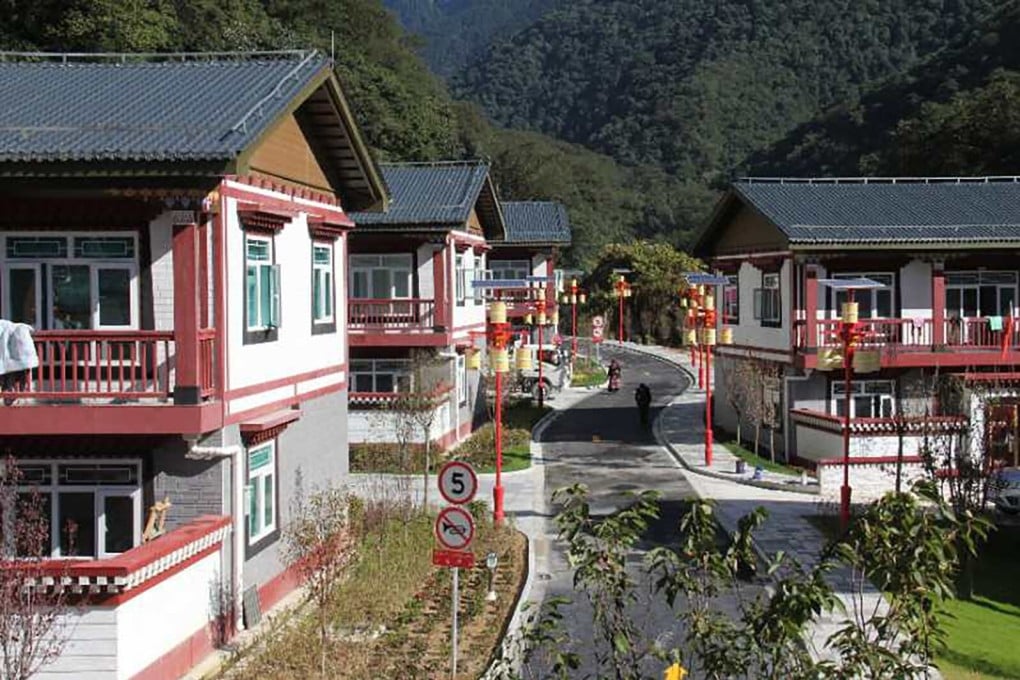Advertisement
Explainer | Near the China-Bhutan-India border, a new village is drawing attention to old disputes
- Does the sudden development of an outpost in Tibet mean the 2017 Doklam stand-off between China and India has not been resolved?
- Pangda is one of 628 xiaokang border villages in Tibet autonomous region, a community serving both socioeconomic and defence purposes for China
Reading Time:3 minutes
Why you can trust SCMP
5

Satellite images show that China is developing a village near Doklam, a border area with Bhutan and India where Indian and Chinese troops had a long stand-off three years ago.
Indian media as well as Australian and US-based think tanks claim that the Chinese construction of the village of Pangda, on the west bank of the Torsa River, is 2.5km (1.5 miles) inside the Bhutanese border.
Why is India concerned?
Although China and Bhutan may not appear to have any dispute over the latest development, Indian media has taken a special interest in the controversy, particularly after the 2017 stand-off at the nearby Doklam Plateau, which is just 9km from Pangda in Yadong county, Tibet.
Advertisement
The Indian official establishment regards the region to be strategically sensitive given its proximity and geography.
Chinese and Indian forces engaged in a 72-day stand-off in the area in 2017 after Bhutan requested India’s help with overlapping claims with China on the plateau.
Advertisement
For India, a strong Chinese grip over the region would allow better access for Chinese forces to the valuable Siliguri Corridor, known as the “Chicken’s Neck”, a prospect unpalatable to New Delhi. Sections of the corridor are only about 50km wide and India is worried it could lose control over its northeastern region in times of war if China becomes capable of exerting control over the corridor from Yadong.
Advertisement
Select Voice
Choose your listening speed
Get through articles 2x faster
1.25x
250 WPM
Slow
Average
Fast
1.25x